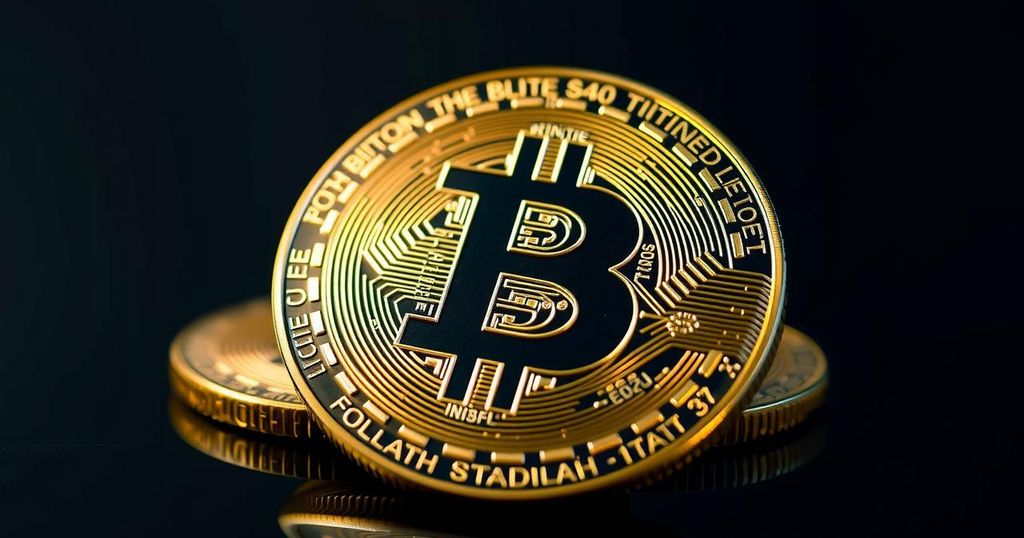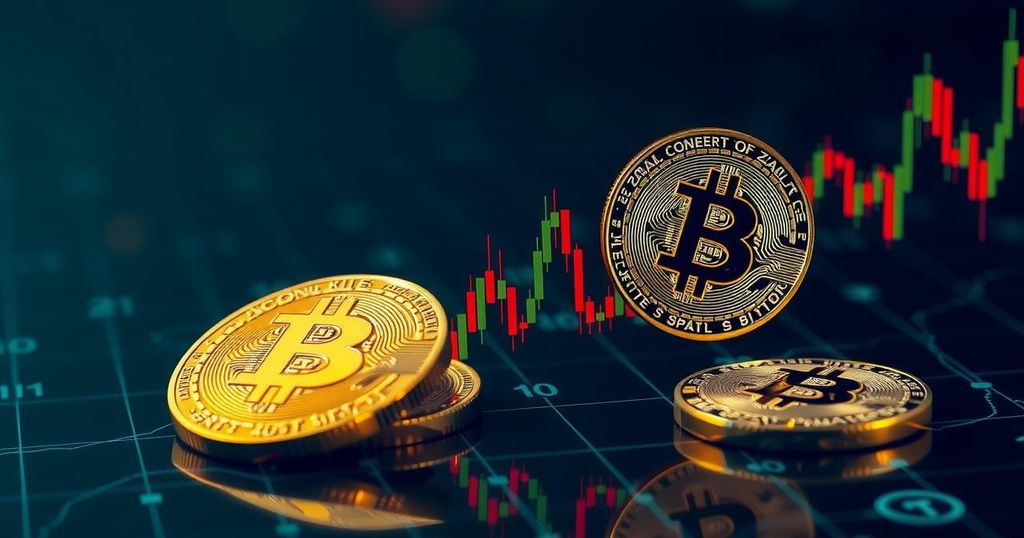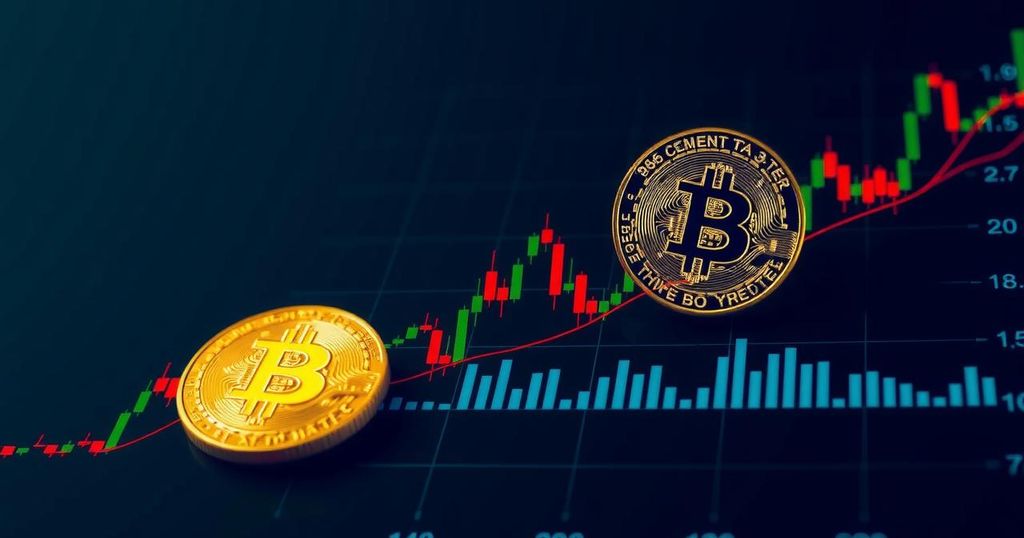Stability of Bitcoin Transaction Fees Post-Halving: A Sign of Maturing Network
In recent months, the Bitcoin network has undergone a notable transition, particularly post-halving, characterized by a stabilization of transaction fees. This trend is reflective of a maturing network, as evidenced by the patterns observed in transaction fees paid to miners, which exclusively exclude newly minted coins.
Bitcoin transaction fees have displayed a dynamic nature throughout the early months of 2024, with pronounced spikes coinciding with pivotal events. The most significant of these occurred in April, aligning closely with the Bitcoin halving event, during which transaction fees experienced a fleeting surge exceeding 1,200 BTC. This spike suggests an uptick in network demand resulting from heightened activity surrounding the halving.
In the immediate aftermath of the halving, transaction fees have demonstrated a tendency to stabilize, maintaining relatively lower levels even as the price of Bitcoin approached the $60,000 mark. This behavior starkly contrasts with previous years, specifically the bull markets of 2017 and 2021, when transaction fees commonly surged in tandem with rapid increases in Bitcoin’s price, indicative of heightened network congestion and user activity.
The current trend, wherein transaction fees remain low despite substantial price fluctuations, indicates a potential evolution in the Bitcoin network’s efficiency in transaction processing. As the year progresses, it will be pertinent to monitor whether this decoupling between transaction fees and Bitcoin’s price continues. Such a development may provide valuable insights into emerging market trends and the behaviors of users within this evolving ecosystem.








Post Comment